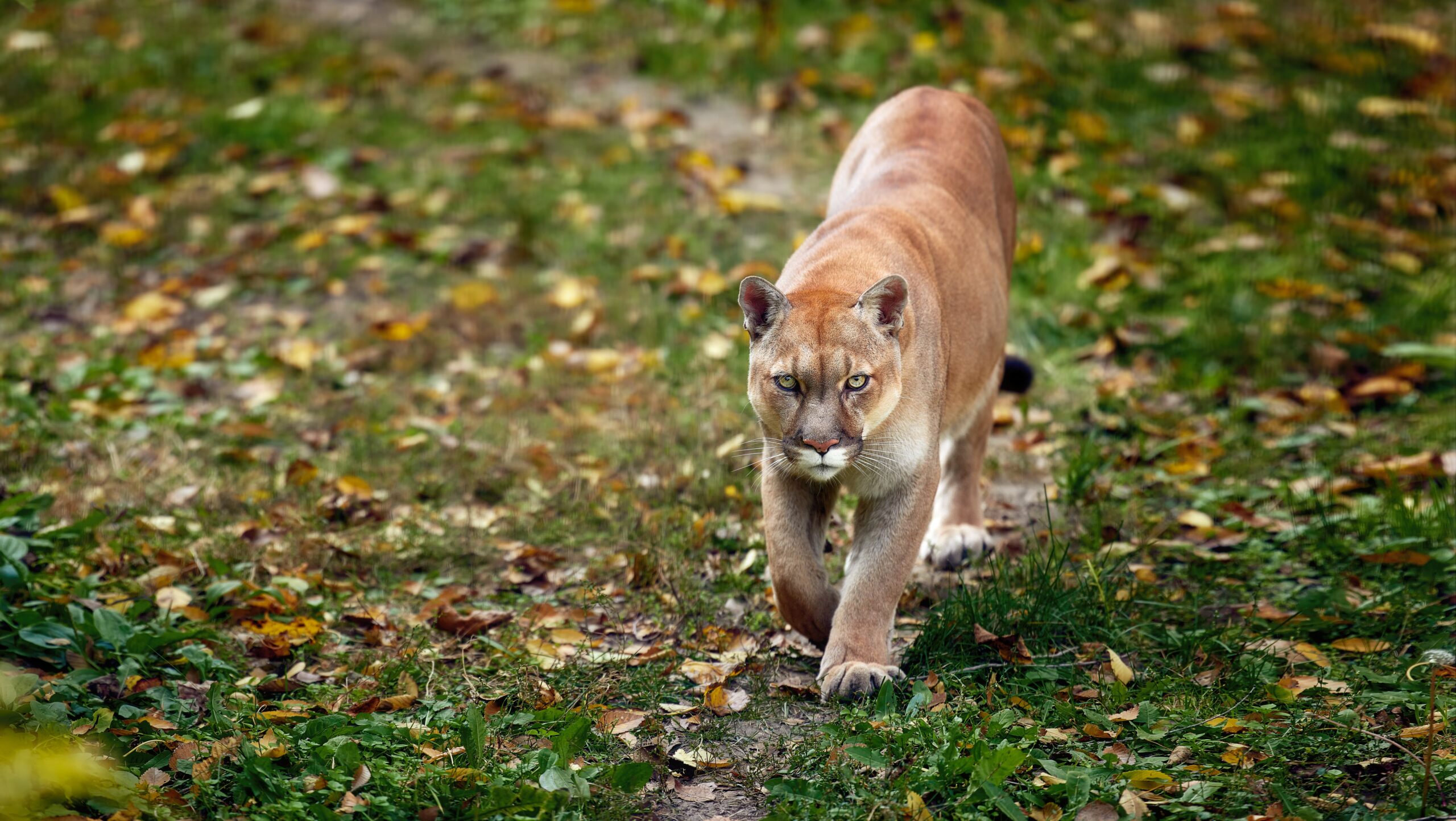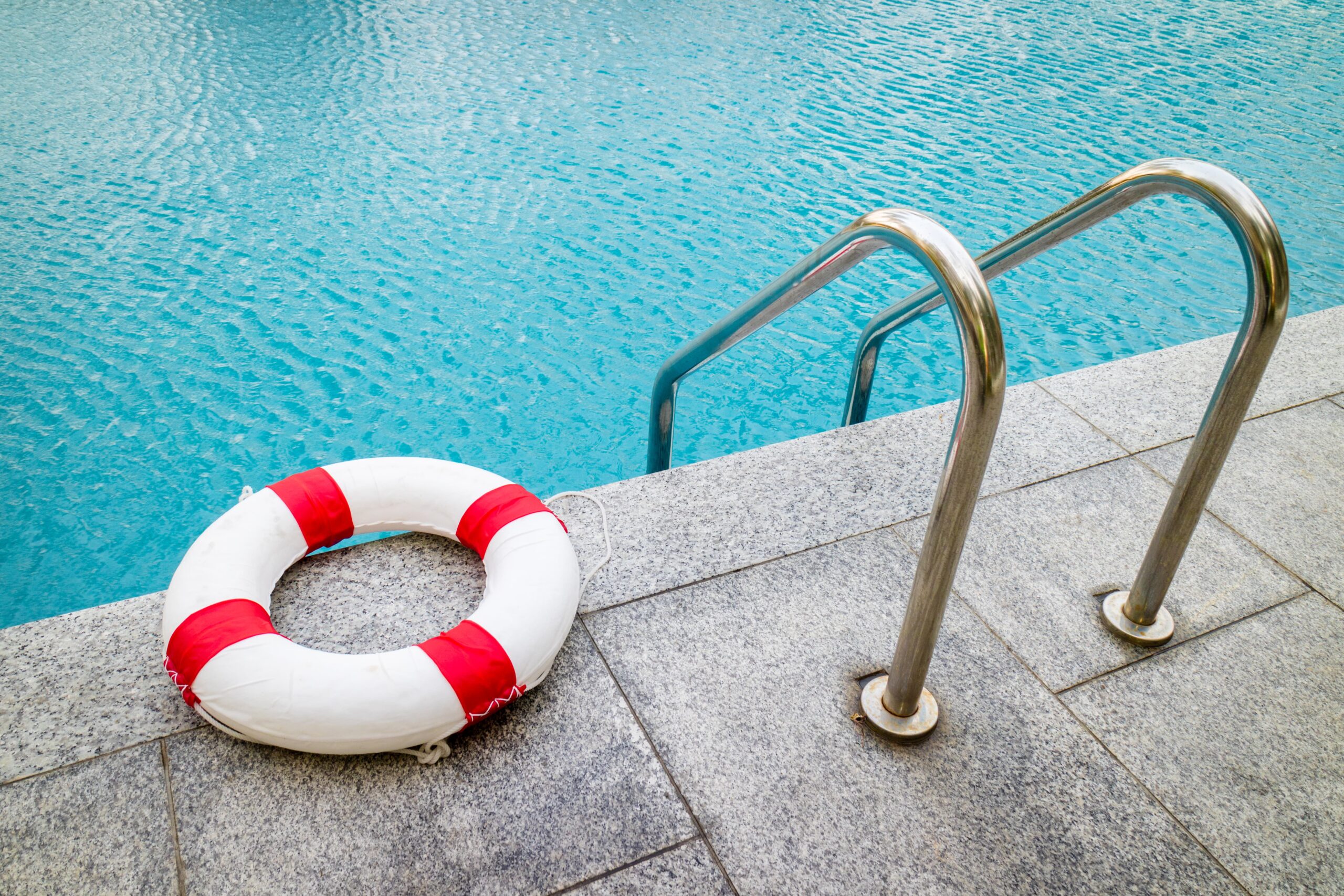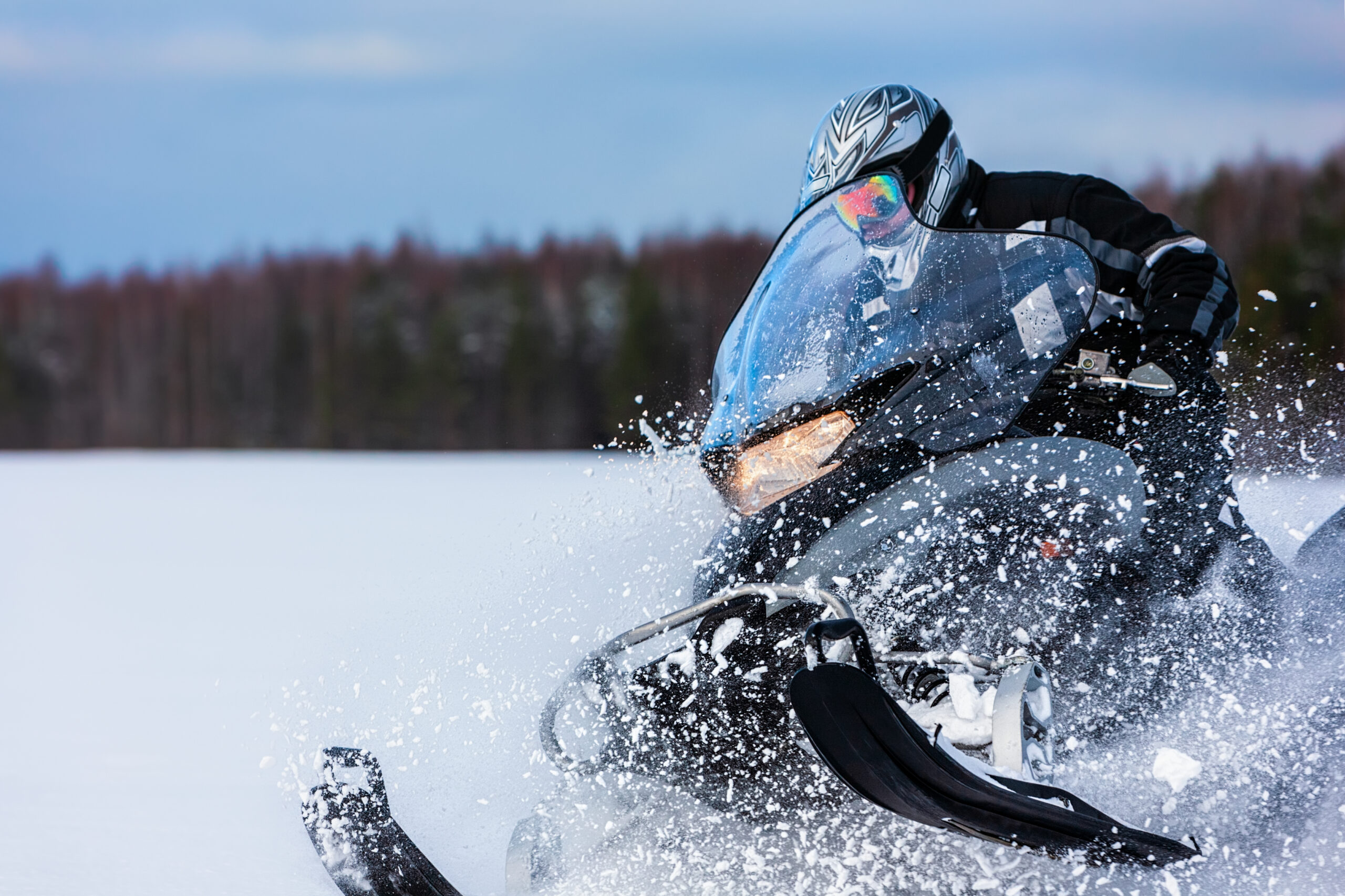Staying Safe on the Ski Slopes This Winter
Colorado boasts some of the most beautiful, scenic mountains in the United States. During the winter, these mountains are covered in snow, giving way to some of the best outdoor activities Colorado has to offer: skiing and snowboarding. And while there’s no shortage of fun, winter sports can be dangerous. Here are five tips to ensure you hit the slopes safely this season.
- Get in shape. Though winter sports are a lot of fun, they’re also a lot of work—and that can take a toll on your body. To prevent next-day Jell-O legs and potentially dangerous injuries, train for the slopes a few months before the season starts. Skiing uses completely different muscle groups than the ones you use every day. Work on your flexibility, strength, and endurance to prevent painful strains and aching joints.
- Check your gear. That pile of ski equipment in your garage might have worked for you last year, but what about this season? Are your boots scuffed and worn down? Is everything working properly? All equipment should be comfortable and secure—not too tight, and not too loose. Check your gear each day before you ski, because it’s better than finding out when you’re zooming down a mountain.
- Protect yourself from the elements. In all the fun and excitement that comes with winter sports, the last thing you want to do is apply sunblock and lip balm. But just because it’s cloudy and snowy doesn’t mean that the sun has gone away. The winter sun can reflect off of the snow’s surface, and the reflection can actually give your eyes sunburn, also called snow blindness. Make sure you have sunglasses or goggles that offer UV protection. And to stay comfortable, wear waterproof gloves and clothing to keep you warm and dry.
- Dress in layers. Here’s a no-brainer: Winter is cold—especially up on the slopes. The physical activity of skiing can warm you up, but it’s always a great idea to dress in layers. The layers shouldn’t be too thick—that will just hinder your body’s movement. Wear thin clothing that keeps your body heat in, like thermal shirts or pants and silk socks to keep your feet warm while keeping your boots comfortable.
- Wear a helmet. Whether you’re skiing or snowboarding, winter sports open the doors to head injuries like concussions, which can have debilitating effects. Don’t risk your health. Invest in a quality helmet that will protect you if you wipe out on the way down the slopes.
- Know your limits. There’s a reason that skiing and snowboarding are Olympic sports—they require time, skill, and training. The slopes aren’t the place to try out a new trick you’ve never done before. Stay in the ski resort’s designated boundaries to avoid dangerous avalanches and drop-offs. If you’re feeling tired or hungry, don’t be afraid to take a break and rest for a bit. Your body will thank you.
- Be aware. Skiing and snowboarding can be dangerous, especially during the busy times of the season. Before you start a run, look uphill to make sure you’re safe to proceed down, and don’t loiter at blind turns or drop-offs. This can prevent dangerous collisions and injuries on the ski slopes.
- Follow the signs. They’re there for a reason. Ski resorts post signs for the safety of you and your family, so the least you can do is listen to them. Keep an eye out for signs while on the slopes. They can alert you to merging trails or share important safety tips for when you’re on the lifts.
- Remember ski resort etiquette. Skiing and snowboarding are a lot like driving. There are set rules that people must follow to ensure safety. When you’re on the slopes remember to call out to others if you’re passing, by saying things like “On your left!” Stay in control and give beginners room, because most of us aren’t experts.
Now that you’ve learned some important safety tips, you can increase your holiday fun without compromising on safety. Get out there and shred!






